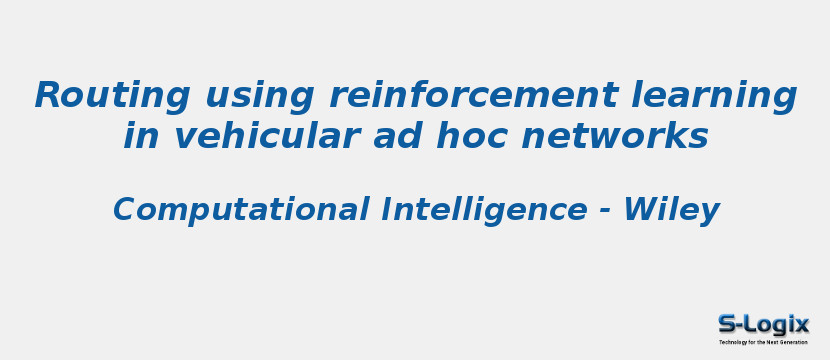Research Area: Vehicular Ad Hoc Networks
In vehicular ad hoc networks (VANETs), the frequent change in vehicle mobility creates dynamic changes in communication link and topology of the network. Hence, the key challenge is to address and resolve longer transmission delays and reduced transmission stability. During the establishment of routing path, the focus of entire research is on traffic detection and road selection with high traffic density for increased packet transmission. This reduces the transmission delays and avoids carry-and-forward scenarios; however, these techniques fail in obtaining accurate traffic density in real-time scenario due to rapid change in traffic density. Thus, it is necessary to create a model that efficiently monitors the traffic density and assist VANETs in route selection in an automated way with increased accuracy. In this article, a novel machine learning architecture using deep reinforcement learning (DRL) model is proposed to monitor and estimate the data essential for the routing protocol. In this model, the roadside unit maintains the traffic information on roads using DRL. The DRL predicts the movement of the vehicle and makes a suitable routing path for transmitting the packets with improved transmission capacity. It further uses predicted transmission delays and the destination location to choose the forwarding directions between two road safety units (RSUs). The application of DRL over VANETs yields increased network performance, which provides on-demand routing information. The simulation results show that the DRL-based routing is effective in routing the data packets between the source and destination vehicles than other existing method.
Keywords:
Author(s) Name: M. Saravanan, P. Ganeshkumar
Journal name: COMPUTATIONAL INTELLIGENCE
Conferrence name:
Publisher name: Wiley
DOI: 10.1111/coin.12261
Volume Information: Volume36, Issue2 , May 2020 ,Pages 682-697
